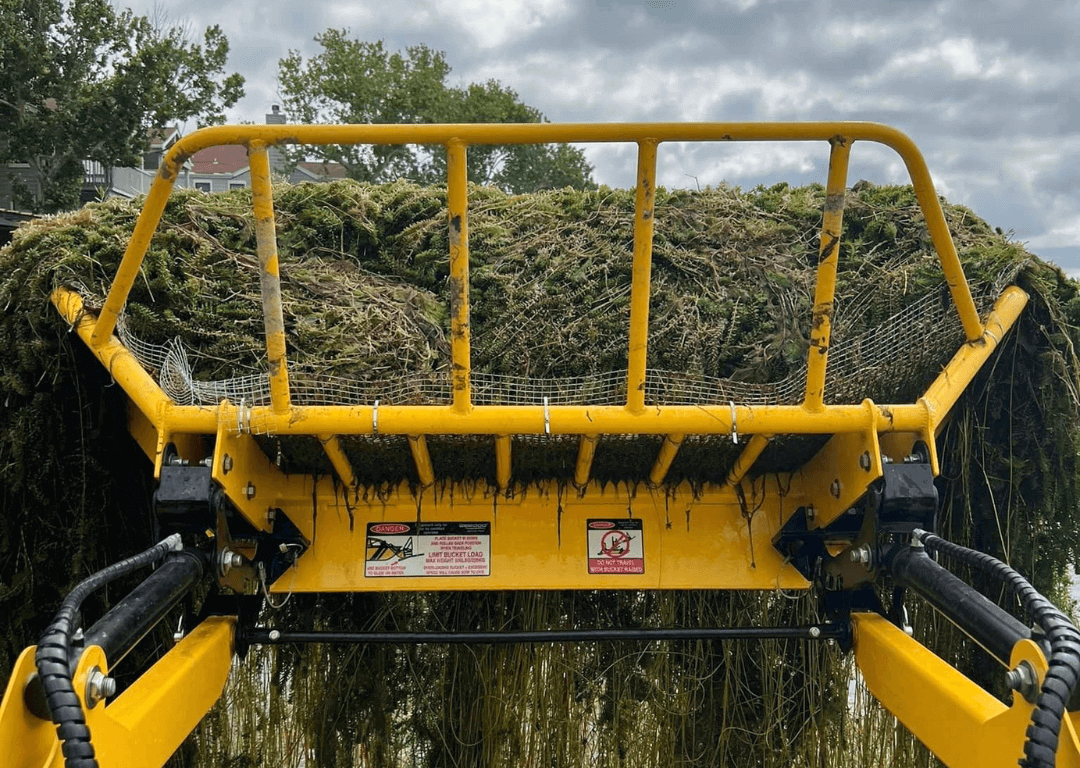In the heart of Texas, Dallas boasts a vibrant array of waterways, offering respite and recreation for locals and visitors alike. Yet, lurking at the waters surface, and beneath it, lies a silent menace – invasive water weeds. These botanical intruders, with names like giant salvinia, common water hyacinth, and yellow floating heart, threaten to choke our beloved lakes and ponds, disrupting ecosystems and recreational activities.
The Invaders Among Us:
Let’s dive into the common types of invasive water weeds plaguing Dallas water bodies:
Giant Salvinia: This aquatic plant spreads rapidly, forming dense mats that smother native plants and clog waterways.
Common Water Hyacinth: Known for its beautiful purple flowers, this invader’s charm belies its destructive potential. It multiplies swiftly, carpeting the water’s surface and impeding boat traffic.
Common Salvinia: Similar to its giant cousin, common salvinia thrives in Dallas waters, wreaking havoc on ecosystems and infrastructure alike.
Yellow Floating Heart and Crested Floating Heart: These invasive species may sound nice, but their relentless spread threatens the balance of our water ecosystems.
The Threat They Pose:
The invasion of these water weeds poses a significant threat to Dallas waterways. Their rapid proliferation can gobble up acres of surface area in a short time, forming impenetrable canopies that crowd out native species, hinder boating traffic, and disrupt water intake systems. The delicate balance of our aquatic ecosystems is at risk, with far-reaching implications for biodiversity and recreational enjoyment.
Fighting Back:
Thankfully, the battle against invasive water weeds is underway. Strategies for control and management include:
Mechanical Removal: Dedicated teams, like We Clean Lakes and Ponds, work tirelessly to physically extract invasive plants from our water bodies, reclaiming precious space for native species to thrive. This method restores ecological balance without the introduction of harmful chemicals into our waterways.
Public Education and Prevention: Empowering the community with knowledge is key to preventing the further spread of invasive water weeds. By raising awareness and promoting responsible practices, we can all play a role in safeguarding our waters for future generations.
Success Stories and Ongoing Challenges:
While progress has been made in the fight against invasive water weeds, challenges persist. Continued vigilance and collaboration are essential to maintaining the health and vitality of Dallas waterways.
Conclusion:
As stewards of our natural resources, it falls upon us to confront the threat of invasive water weeds head-on. By working together to implement effective management strategies and promote responsible stewardship, we can preserve the beauty and biodiversity of Dallas waterways for generations to come.

